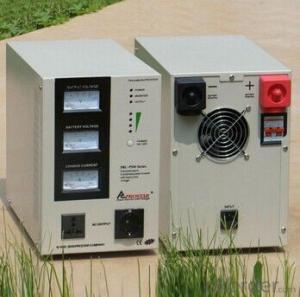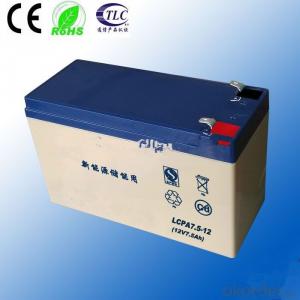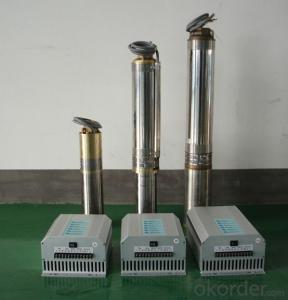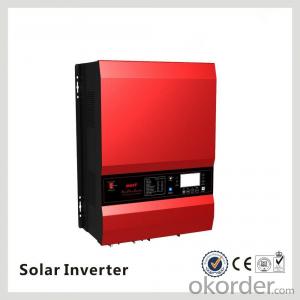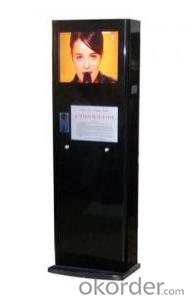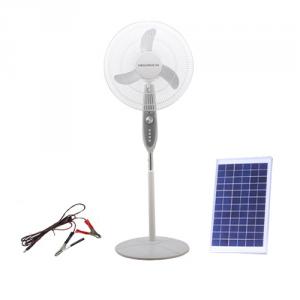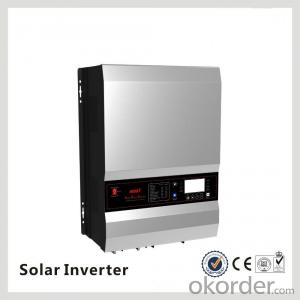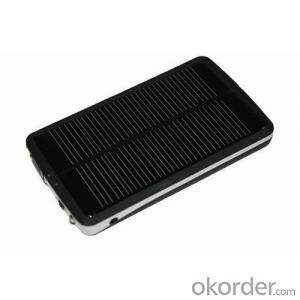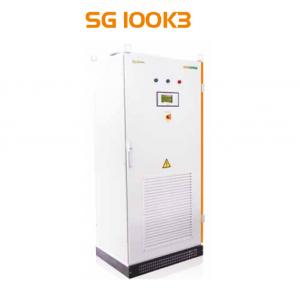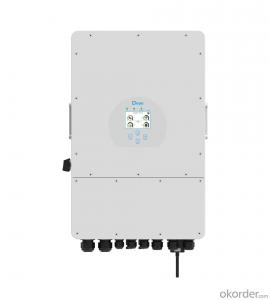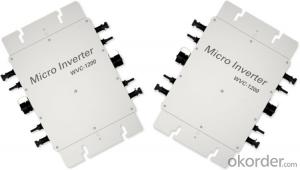Best 12v Solar Inverter
Best 12v Solar Inverter Related Searches
Best Solar Inverter Best Solar Power Inverter 12v Solar Inverter The Best Solar Inverter Best Inverter Solar 12v Solar Power Inverter Best Solar Battery Inverter Best Inverter For Solar Solar Inverter Best Which Solar Inverter Is Best 12 Volt Solar Inverter Best 24v Solar Inverter Best Solar Inverter For Home Best Solar Panel Inverter Solar Best Inverter Best Home Solar Inverter Best 24 Volt Solar Inverter 12kw Solar Inverter Best Inverter For Solar System World Best Solar Inverter 12 Kw Solar Inverter Best Solar Inverter Generator Best Solar Inverter 2022 Best Solar Hybrid Inverter 12v Solar Panel Inverter Best Inverter Solar System 12kw Inverter Solar 12v Solar Inverter Price Solar Power Inverter 12v Solar Inverter 12kwBest 12v Solar Inverter Supplier & Manufacturer from China
The Best 12v Solar Inverter is a collection of high-quality and efficient solar power conversion devices designed to convert 12-volt DC power from solar panels into usable 110/120-volt AC power. These inverters are essential for various applications, including off-grid living, recreational vehicles, marine vessels, and emergency backup power systems. They enable users to harness the power of the sun and utilize it for their daily electrical needs, making them a sustainable and cost-effective solution for energy consumption.The Best 12v Solar Inverter is widely used in various scenarios where reliable and clean energy is required. For instance, in remote areas where grid electricity is not accessible, these inverters provide a steady power supply for lighting, communication, and other essential appliances. They are also popular among campers and RV enthusiasts who need a portable power source for their outdoor adventures. Additionally, they are used in marine applications to power onboard electronics and appliances, ensuring a seamless and uninterrupted power supply while at sea. The versatility of these inverters makes them an indispensable tool for anyone looking to incorporate solar energy into their daily lives.
Okorder.com is a leading wholesale supplier of the Best 12v Solar Inverter, offering a vast inventory of top-quality products to cater to the diverse needs of customers worldwide. With a commitment to providing exceptional customer service and support, Okorder.com ensures that each inverter is thoroughly tested and meets the highest industry standards. By partnering with reputable manufacturers and continuously updating their product lineup, Okorder.com guarantees that customers have access to the latest and most efficient solar inverters on the market. This makes Okorder.com the go-to destination for those seeking reliable and cost-effective solar power solutions for their homes, businesses, or recreational vehicles.
Hot Products
